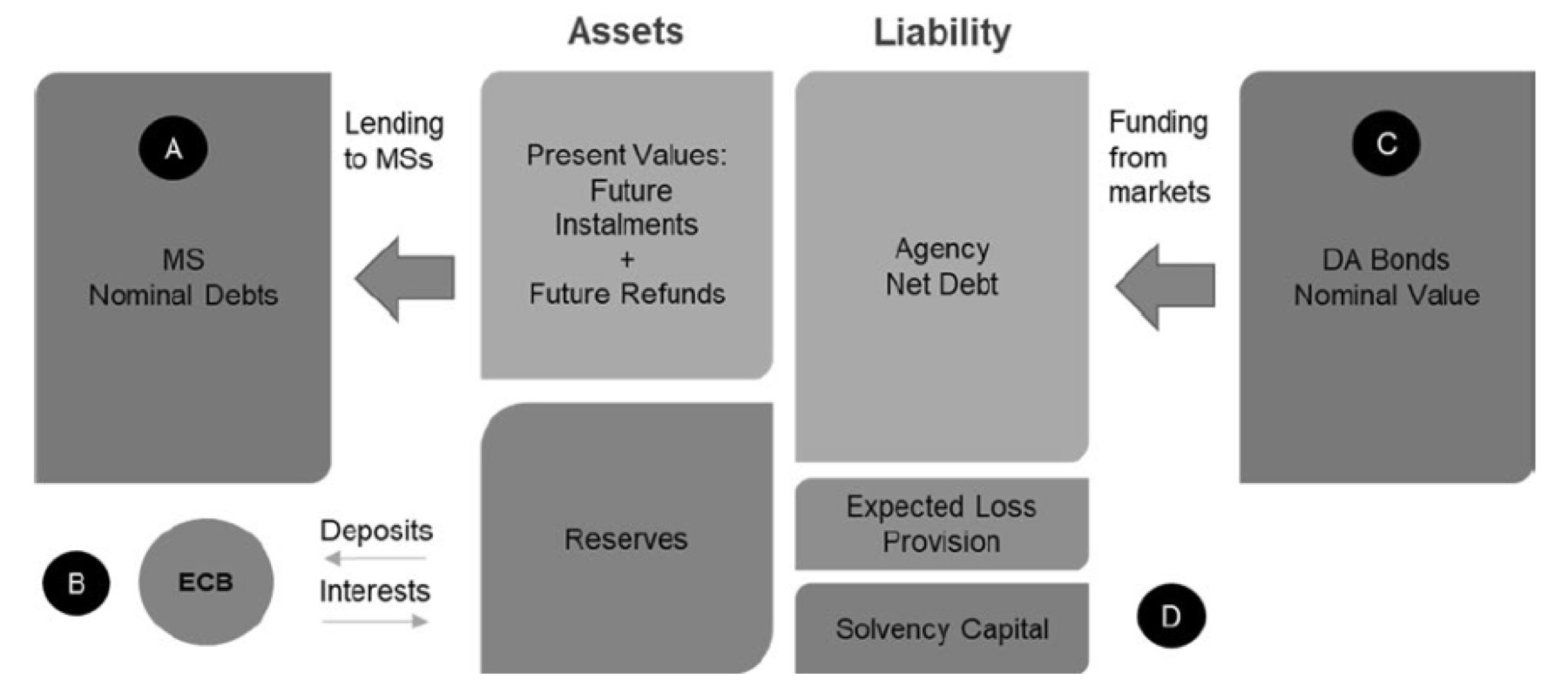Remember when the heroin chic look reigned supreme — when girls looked up to Kate Moss, who told them in 2009 that “nothing tastes as good as skinny feels”? When rail-thin runway models ruled the world, and young women starved themselves to attain the ideal 00 frame?
Society had a problem. And so body positivity activists arrived, agitating for a solution that included a broader definition of beauty.
Barbie made a curvy doll so little girls could see a realistic representation of womanhood. And, although the fashion industry still insisted on sample-sized models, society at large turned its back on the pale, sunken-eyed look of starvation that dominated the ’90s. Even Kate Moss recanted her mantra.
But because we apparently live in a society that’s allergic to moderation, the pendulum is now swinging to the opposite extreme. Flip through a magazine or scroll through a clothing brand’s website, and you’re likely to see two body types: time-tested tiny models and plus-sized models increasingly size 20+.

The moderate, healthy middle is almost always glaringly omitted. And so yet another generation of young girls are being bombarded with unhealthy representations of the female body — just this time with two opposing extremes instead of one.
Of course, the body positive movement was necessary and well-intentioned. No human being should be made to hate their body because it doesn’t fit some unattainable standard. But, like many social movements before it, successive waves have become more and more radical.


Its successor, the fat positivity movement, is pulling girls and women to a new — and decidedly unhealthy — extreme. Activists like Forbes contributor Vergie Tovar, for instance, amplify a dangerous message that eating healthy and exercising to better yourself is a bad thing. In columns, Tovar has made arguments like “Diets Don’t Work” and “Soda Tax is Bigotry Masquerading As A Public Health Initiative,” and has even asked “Is Fatness A Superpower?”
Meanwhile, women’s magazine Cosmopolitan put body-positive activist Tess Holliday on their cover, accompanied by a multi-page spread about her workout routine that asserts perhaps the ultimate oxymoron: that Holliday is “strong, fit, and 300 lbs.”

The fat positivity movement has moved beyond loving yourself to gaslighting girls into believing that abject obesity is not only acceptable but is actually healthy. Activist influencers are racking up hundreds of millions of views on TikTok from impressionable young users.
And the movement often exhibits downright cultish behavior. When famously plus-size singer Adele lost weight and rapper Lizzo went on a juice cleanse, they were castigated on social media for turning their back on the plus sized community — as though their bodies are property of a movement rather than their own.


This sort of extremity can have lethal consequences. Just last month, “Super Sized Salon” star, plus-sized salon owner, and body positivity activist Jamie Lopez, who at one point weighed more than 800 pounds, tragically died from heart complications at just age 37.
The pendulum has swung too far — and we’re still failing to find a sensible middle.

Society is so obsessed with beauty ideals that we’re either starving ourselves to attain them, or engorging ourselves in rebellion against them. In a world of Tess Hollidays and Bella Hadids, we’ve lost sight of what really matters: wellness. Why must the health of women always take the back seat?
We simply can’t afford to have yet another generation of young girls raised in a culture that glorifies extreme behavior — whether sex or drugs or food. It’s dangerous not only to their mental health, but to their physical health as well.
A new CDC study predicts that Type 2 diabetes among young people is on track to surge 700% in the coming decades. Meanwhile, eating disorders are on the rise post-pandemic. So, why in the world are we bombarding young girls with images of sizes 00 next to women sized 22?
We need representation of moderation — which means models in the middle shouldn’t be pushed to the wayside. Girls need to see pictures of health, not activism. This overcorrection needs to stop — and in its place we need to start celebrating the beauty of aspirational moderation. Where are all the size 6 models?















